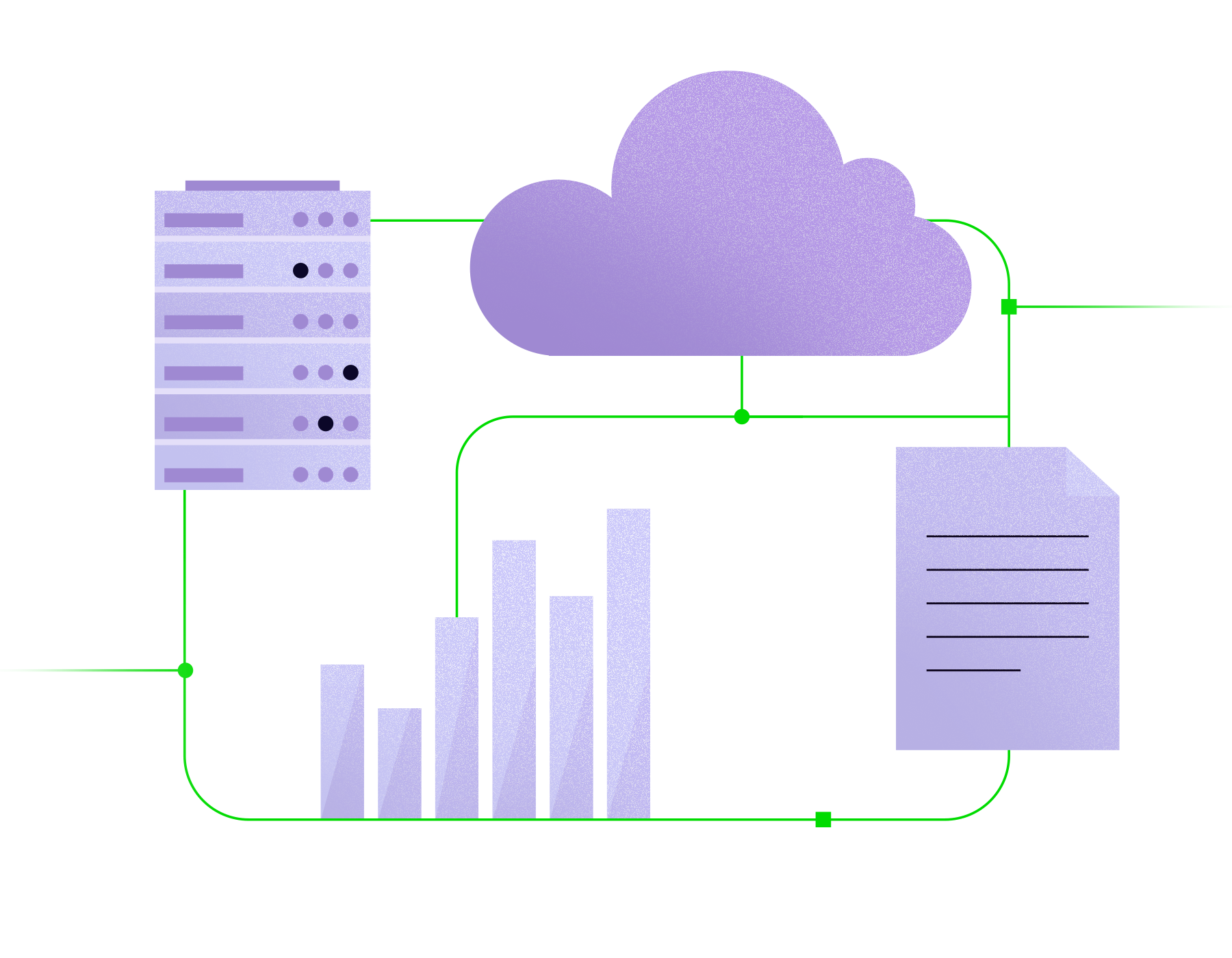HOW TO BUILD YOUR INDUSTRY 4.0 SOLUTION?
The steps to go from data collection to value delivery are:
- Collecting data (from plc’s, different databases, applications, logfiles…) from heterogeneous sources
- Normalizing and enriching data (integration of data sources)
- Storing data in a time series database either locally or in the cloud
- Processing / analyzing large sets of data points in real time and build custom AI models for the data
- Visualize the outcome in an easy-to-understand way
DATA COLLECTION
DATA TRANSFORMATION
STORING THE DATA
Storing the data can be done in the cloud or on-site, depending on the capabilities permitting the transfer of the data to the cloud. Depending on the nature of the data, we prefer to store most data in time series databases. As the name implies, a time series database (TSDB) makes it possible to add, process, and track massive quantities of real-time data with lightning speed and precision efficiently and continuously. A time series database stores data as pairs of time(s) and value(s). By storing data this way, it makes it easy to analyze time series, or a sequence of points recorded in order over time.
The internet of things (IoT) concept and its associated sensors that constantly collect and stream data underlie several modern workloads such as powering industrial applications, predicting sales demand, analyzing temperature readings, and providing medical information from wearable devices. As you can imagine, the data produced is staggering... and a time series database is more adapted to this kind of data.ANALYZING THE DATA
- Find interesting patterns in the data
- Explain those patterns (possibly using experimental manipulation to understand the link between cause and effects)
- Use those patterns and explanations.
VISUALIZE THE INFORMATION
WHAT ARE THE NEXT STEPS?
DATA SERVICES
- Collect your data (from heterogeneous sources)
- Normalize your data
- Store your data either on-site or in the cloud
- Analyze your data using statistical and AI models
- Visualize your information
AI SERVICES
- We build your custom AI models
- We train, maintain, and improve our AI models
- We provide monitoring, alerting, and reporting
INTEGRATION SERVICES
- Integrated monitoring of OT/IT infrastructure and applications
- Own time-based visualization platform and agent technology for real time data capture, automatic discovery, alerting & notifications, and local actions


